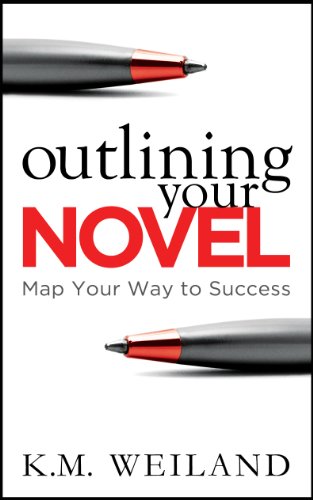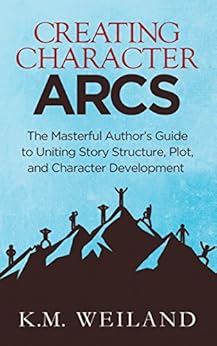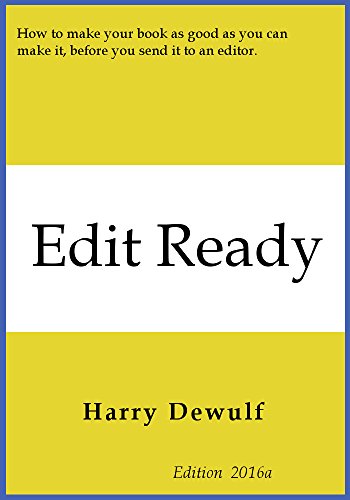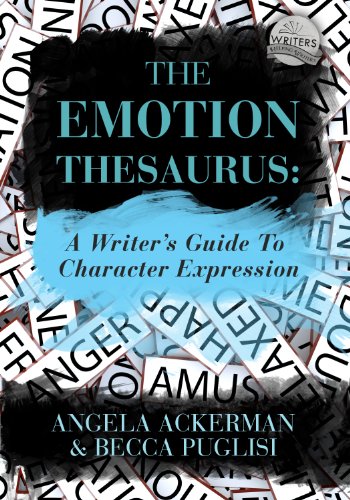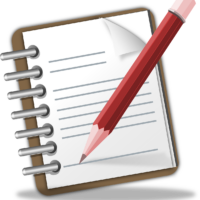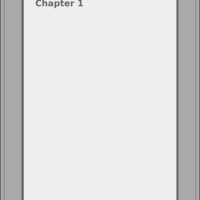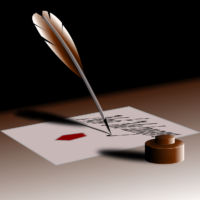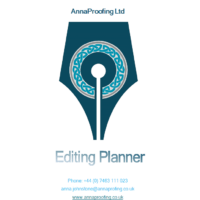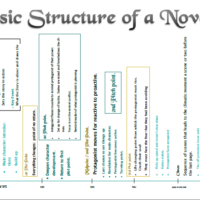
by Anna Johnstone | Oct 8, 2019 | Advice, Blog
The other day I received a request for a quote. Not normally a problem, apart from the fact that the author expected me to be able to complete a copy edit on an 80k manuscript by the end of this month. Like many editors, I can only take on a limited amount of work per month. There is only one of me. This means that my schedule fills up fast, and I hate disappointing authors because my calendar is full. I know that feeling of excitement when your story is fabulous and it’s ready for the next stage. The trouble is, you need to make sure you already have an editor lined up ready to take that manuscript to the next level of awesome. You may think that this is impossible, but the fact is, writing and indie publishing are like any other job: deadlines and targets are a thing. Editors have to carefully balance what they take on to make sure that they don’t overstretch, and that the work they take on gets the attention it deserves. This means that many only take on one project at a time. A manuscript of that size would take me at least three weeks depending on the standard of the work submitted. ‘Why so long?’ I hear you say. It takes this long because it’s not the same as simply giving it a read through. Editing on that level means slowing right down and looking at every sentence in detail.
In light of this, I have put together an editing todo list for you. A printable pdf list will soon be available in the shop for £1.00. I will also advise here that you employ a different editor for every stage. The reason being is that an editor is human and they will also become over familiar with the book. Best practice is to give each stage to a fresh pair of eyes.
First Stage | Developmental
editing
Finish the first draft.
Don’t book anything until you have a book.
Set a realistic target for publishing.
Allow yourself a year between completion of the first draft and publication.
Book developmental editor.
- Allow 3 months for self editing. Never submit a first draft.
- Make sure you employ an editor who works within your genre. A romance author is unlikely to be prepared to edit a space opera.
- Most developmental editors allow for 2 rounds within their pricing.
- Make sure you get dates for the start of both rounds, allowing a month between the deadline of the first to be returned to you and the start of the second.
- You don’t want to finish the first revision only to have to wait 3 months for your editor to be able start the second round.
Make a note of editor details.
- Editor name: ____________
- Email: _________________
- Phone: ________________
- Booking reference:
- Submission date:
- Agreed deadline:
- Submission for 2nd round:
- Agreed Deadline:
Finish the self-edit.
- Make sure you finish at least one round of self editing within a week of submission date, and make sure you submit on time.
- Focus on plot and characterisation for now.
Give yourself a break!
This is a really important time to go and refill that creative well. Use it.
Review editor’s suggestions, reflect, and take advice on board.
Allow at least a month to make any changes before submitting for a second round of editing.
Second stage | Copy editing
Book copy editor at least three months in advance.
This will not only give you a target deadline to make any additional changes, but will also avoid disappointment and a last minute panic.
Make a note of editor details.
- Editor name: ___________
- Email: _________________
- Phone: ________________
- Booking reference:
- Submission date:
- Agreed deadline:
Make sure you delete previous editing comments and accept/decline suggested changes before you send it to the copy editor.
Turning off track changes and setting it to show ‘no mark-up’ only hides the suggestions.
Book your proofreader
Do this as soon as you have booked your copyedit and allow yourself at least 2 weeks after the return deadline to review their changes.
Review changes individually
- Do not click accept all.
- Remember that it’s important to maintain the author’s voice. The editor’s input should be invisible. It’s your book: not theirs.
Third stage | Proofreading
This is the final stage of editing before publication.
- The previous two stages should have been completed before submitting for a proofread.
- Cover design and formatting are another part of the process and don’t really qualify as editing. You will need to know the page count for the cover designer to complete their work on any hard copies (paperback, hardback, and large print) because this will affect the spine dimensions.
- You should have booked your cover designer and formatter by the time you submit your manuscript to the proofreader.
Make a note of editor details.
- Editor name: ___________
- Email: _________________
- Phone: ________________
- Booking reference:
- Submission date:
- Agreed deadline:
Review changes individually.
Do not just click accept all.

by Anna Johnstone | May 16, 2019 | Advice, Blog
Sorry for the hiatus in my content, I have been extremely busy with editing and it has not allowed time for creating content, and I spent the first two weeks of April visiting family in Zimbabwe. Don’t worry: I won’t bore you with my holiday photos.
This post has something for everyone. There are links to some great advice as well as some interesting news from PRH who plan to reward readers for their loyalty. I’ve also included some great book suggestions.
Articles
Penguin Random House in the US has launched a ‘Reader Rewards Loyalty Program’, a free promotional initiative that lets readers earn one free book for every 12 PRH titles they purchase.
5 Secrets of Story Structure: How to Write a Novel That Stands Out (Helping Writers Become Authors Book 6)
by K. M. Weiland
Want to take your writing to the next level? Discover the “secrets” of story structure other authors are overlooking!
If you’ve read all the books on story structure and concluded there has to be more to it than just three acts and a couple of plot points, then you’re absolutely right! It’s time to notch up your writing education from “basic” to “black belt.” Internationally-published author K.M. Weiland shares five “secret” techniques of advanced story structure.
In the multi-award-winning Structuring Your Novel, Weiland showed writers how to use a strong three-act structure to build a story with the greatest possible impact on readers. Now it’s time to take that knowledge to the next level.
In this supplemental book, you’ll learn:
-
- Why the Inciting Event isn’t what you’ve always thought it is
-
- What your Key Event is and how to stop putting it in the wrong scene
-
- How to identify your Pinch Points—and why they can make the middle of your book easier to write
-
- How to create the perfect Moment of Truth to move your protagonist from reaction to action
-
- How to ace your story’s Climactic Moment every single time
And much more!
By the time you’ve finished this quick read, you’ll know more about story structure than the vast majority of aspiring authors will ever know—and you’ll be ready to write an amazing novel that stands above the crowd.
Outline Your Novel
by K. M. Weiland
Can Outlining Help You Write a Better Story? Writers often look upon outlines with fear and trembling. But when properly understood and correctly wielded, the outline is one of the most powerful weapons in a writer’s arsenal.Outlining Your Novel: Map Your Way to Success will:•Help you choose the right type of outline for you•Guide you in brainstorming plot ideas•Aid you in discovering your characters•Show you how to structure your scenes•Explain how to format your finished outline•Instruct you in how to use your outline•Reveal the benefits•Dispel the misconceptions include exclusive interviews with ten respected authors, answering important questions about outlining. Outlining can organize your writing and help you take your stories to the next level. Find out how!
Edit Ready: How to make your book as good as you can, before you send it to an editor.
By Harry Dewulf
Edit Ready is an author’s reference book for use during story development, writing and both self editing and when you get your manuscript back from your editor.
Put like that, it sounds rather dry, but reference books always do.
Actually, though, although it has an exhaustive contents page, three different indices and 6 appendices, this is not a dry reference book. In fact, the ink is never dry for long.
Because Edit Ready is compiled from notes, guidance, teaching and conversation with authors, while working with them to make their manuscripts as good as they can, but also, to help them to become better authors.
Every time I edit a book, I look at the topics that arise, and try to find a way of generalizing the help and advice I give to its author, so that I can pass the advice on to all authors.
So really, Edit Ready is an attempt to avoid editing, by ensuring you know in advance about anything and everything that your editor has to deal with. The idea is that this will make you a better writer.
Speaker for the Dead
by Orson Scott Card
A FALLEN HERO – HAUNTED BY HIS PAST, BUT CAN HE CHANGE THE FUTURE?
Ender Wiggin was once considered a great military leader, a saviour for mankind.
But now history judges his destruction of an alien race as monstrous rather than heroic.
In the aftermath of the war, Ender disappeared, and a powerful voice arose: The Speaker for the Dead, who told the true story behind the battle with the aliens. Now, years later, a second alien race has been discovered. But again they are strange and frightening – and again, humans are dying.
It is only the Speaker for the Dead, secretly Ender Wiggin, who has the courage to confront the mystery . . . and the truth.
The Hugo and Nebula award-winning sequel to the classic science fiction novel Ender’s Game
Broken Empire
By E. A. Copen
In an empire where political power is everything, Captain Timothy Val wants one thing: to serve his empire with honor and distinction. But after a mission to quell a revolt goes terribly wrong, Timothy is branded a traitor and barely escapes with his life. His only hope of regaining his lost honor and clearing his family name rests in the hands of a senator planning to use him as the face of a revolution.
With an intergalactic war looming and civil unrest spreading through the empire, Timothy must tread carefully. Assassins wait around every corner, and his new allies have made him powerful enemies, enemies that may not be entirely human.

by Anna Johnstone | Jan 8, 2019 | Advice, Blog, Favourites
First of all, happy New Year!
We have all made New Year’s resolutions from time to time. This year I have only one: I promise to be better at updating this blog.
As part of this, I have decided to do a weekly roundup post of articles and podcasts which I feel will be useful to you. This week we have podcasts from The Creative Penn and Kobo Writing Life with some fantastic information on marketing, and articles with information on where the future leaders of the publishing industry think it might be heading, some useful information on phrases to avoid and how to write good dialogue, and a link to the Sunday Times short story competition sponsored by audible where you can win a first-prize of £30,000!
I want to especially mention the amazing members of the Twitter #writingcommunity, who helped my author profile @AHJohnstoneAuth to 1000 followers!
Podcasts
- The Creative Penn | Lessons For 21st Century Creatives With Mark McGuinness;
- On the current climate for creatives and makers
- Having rules and boundaries around creative time and connected time
- Different types of assets creatives have, including reputational assets
- The importance of creating value with our work
- Looking through ‘the other end of the telescope’ in order to serve the reader
- The ‘ecosystem’ of a creative’s time and business
- The importance of rest and taking time off from creative work and listening to your body
- Swallowing the frog in any type of work
- Opportunities available with audio
- Kobo Writing Life | Ep 131 – Ricci Wolman
- How to use Freebooksy and Bargainbooksy to reach more readers. As Ricci explains, they try to keep things streamlined to make securing a spot as painless and time-efficient as possible. Written Word has close to 1M readers across their sites.
- Ad stacking as a marketing technique to increase your reach.
- Their latest site, Reading Stacks, which focuses on the growing importance of audiobooks and makes recommendations for the best books to use your subscription credits on. Check it out at https://readingstacks.com/
- The ever-growing importance of investing in advertising if you want to grow your book sales. As competition grows, the cost of advertising is growing, and Ricci predicts this will continue. She recommends having a diversified marketing strategy.
- We’d highly recommend checking out WWM’s author blog, where they deliver tons of valuable information. Read their latest post, “Top Ten Publishing Trends Every Author Needs to Know in 2019,” for a stellar summary of industry updates.
Articles
“But we can agree that TV is part of the culture, right?” Yap asks in response. “We’re all human. Whether you want to call it entertainment or art, we’re all contributing to the culture.”
“It’s a total homogenization of culture,” Chew says. “Streaming has changed everything. I hope they’re not comparable. I don’t think literature is entertainment.”

by Anna Johnstone | Nov 28, 2017 | Advice, Blog, Service
A sample edit is an indicator of many things; the professionalism and ability of the editor is only one factor. The sample indicates the level of the work to be undertaken and it allows the editor to asses pricing but did you realise it also shows the editor the level of respect they hold for the skills of the editor?
These did not develop overnight and it is not something that just everyone can do. In the last fourteen months, I have lost count of the number of sample edits I have completed. Some of them took me a whole morning and others took me the best part of a day, depending on the amount of work that needed to be done.
‘But why should authors pay for what they can get for nothing?‘
The reason to pay for samples is two-fold.
First. Refusal to pay for sample edits signal, at least in part, an expectation that editors are automatically obligated to give up their time, and should be grateful for every scrap of attention an author puts their way. Given that this is an attitude that many of us in the creative industries have to explain when companies and individuals want to pay us in ‘exposure’ and think that the satisfaction of completing the work should be its own reward, it saddens me when we have to deal with this from other creatives. The willingness of an author to pay for a sample edit is a clear indication that they acknowledge that your time is as valuable as the skills they want to employ. It says ‘I understand there is a person at the other end of this email who is working hard to make a living, and they deserve to be paid fairly for the work they put in‘. It tells the editor a great deal about the author: remember they are assessing the author every bit as much as the author is evaluating them. Simply put, it’s a matter showing respect between author and editor.
Second. Many service industries charge a call out fee to cover the time it takes them to assess the work in question, and a sample edit is no different. You would not expect a plumber, cleaner, gardener or electrician to come to your home or to give up a morning of their time for nothing. In my view, creative services are no different. The sample fee implies the level of commitment of that potential client. Even web developers charge a consultation fee, This is not to say that editors should not offer free samples if they so wish, only that you should not be put off when editors do charge for their sample edits. By ignoring the editors who don’t offer free samples you could be depriving yourself of an opportunity. What you have found is not a ‘greedy editor‘, but a confident and skilled professional who knows the value of both their skills and their time.

by Anna Johnstone | Oct 16, 2017 | Advice, Favourites, Reading List
This post offers a selection of my personal favourite titles on self-editing. Many new writers have been caught out in thinking that once they have completed their first draft all they need to do is find an editor to spruce it up with a proofread. This could not be further from reality. The editor is who you go to once you have gone as far as you can without help (self-editing) but how do you go about such a task? In truth, the answer, like in writing, is that there is no single right way to go about it and, unfortunately, there is no magic wand I can wave to make it easy either. Your best bet is to find a system that works for you but always be open to listening to how others do theirs.
The advice in these few books is succinct and concise, so new writers will find it endlessly useful.
Let outlines help you write a better book!
Writers often look upon outlines with fear and trembling. But when properly understood and correctly wielded, the outline is one of the most powerful weapons in a writer’s arsenal.
Have you written a story with an exciting concept and interesting characters—but it just isn’t grabbing the attention of readers or agents? It’s time to look deeper into the story beats that create realistic and compelling character arcs. Internationally published, award-winning novelist K.M. Weiland shares her acclaimed method for achieving memorable and moving character arcs in every book you write.
Edit Ready is an author’s reference book for use during story development, writing and both self editing and when you get your manuscript back from your editor.
One of the biggest problem areas for writers is conveying a character’s emotions to the reader in a unique, compelling way. This book comes to the rescue by highlighting 75 emotions and listing the possible body language cues, thoughts, and visceral responses for each.
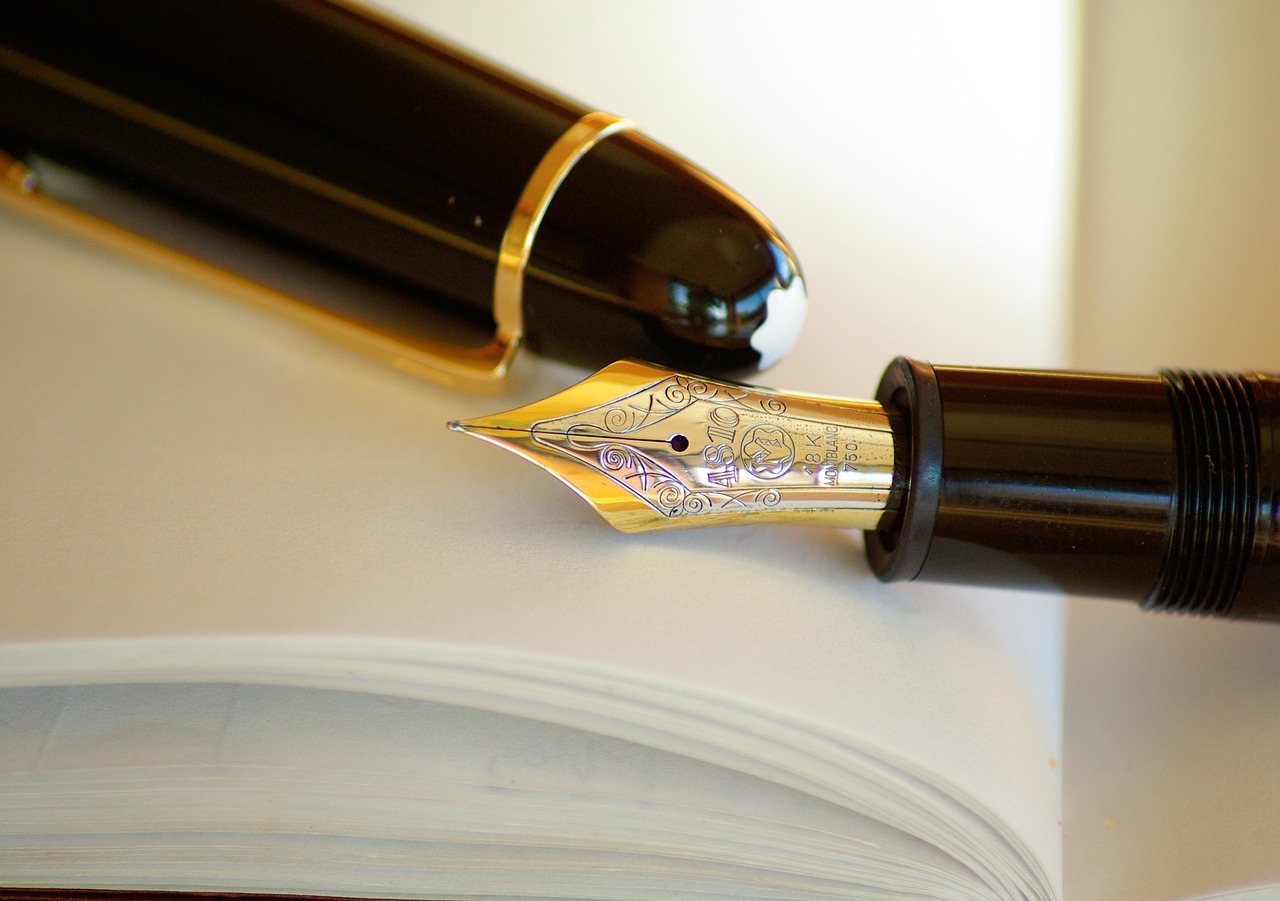
by Anna Johnstone | Sep 30, 2017 | Advice, Blog
With NaNoWriMo fast approaching, there will be many writers embarking on a new writing project this November. With this in mind, I have put this PDF together to serve as a basic guide for outlining. This has been built from a handwritten version compiled by Nichole McGhie from thexcitedwriter.com and is based on K. M.Weiland’s Outlining your Novel which is worth a read on its own. The poster is designed to print out onto 2 A4 sheets of paper and still be readable so newbie writers will be able to pin it up in front of them. I recommend you do. While the information in this poster is by no means exhaustive, it does offer a sound framework.
From my own experience of NaNoWriMo, now is the time to get outlining and thinking about tour plot and characters. I will stress here that I didn’t actually finish my first draft until May (oops) but I am now in the final stages and hope to complete my final round of editing on time to get it formatted and then self-publish in November. The reason I didn’t finish on time is that I started without a complete outline and then got stuck at the midpoint while I worked out what should happen. This is not an experience I wish to repeat and it is also why I strongly advise my clients to prepare an outline before they start. Having an easy means to keep track of your plot, sub-plots and character development will save you a massive amount of time and stress in the long run. It is also the best way to
Having an easy means to keep track of your plot, sub-plots and character development will save you a massive amount of time and stress in the long run. It is also the best way to avoid a huge amount of rewriting – not to mention disappointment – after you get it back from your editor, having already given them a migraine. If you want your editor to love you, then you MUST outline but I wanted this to be more of a ‘how’ post than a ‘do this and this is why post’. Most seasoned writers by now understand the importance of planning, especially if they write in series. I’m addressing the novices and the people who are planning to dip their toes into creative writing for the first time so below are a few more pointers you should be thinking about while writing and planning.
Dos
- Think carefully about your POV. Does it work for the genre?
- Is your story more heavily weighted in favour of plot or character? Ideally, This should ideally be a 50/50 mix of both but some genres can cope with more than one than the other.
- Is the conflict proportionate? A story without a problem to solve isn’t a story and that’s basically what is meant by conflict. This can be internal or external but there must be an obstacle between the character and where they want to be and it has to be believable. That’s about the crux of it. Think about how often you have put a book down because it wasn’t grabbing you. Ever thought about why? Most of the time I have found it’s because the protagonist’s life is either too easy or too hard; everyone loves them and everything happens their way or, the less frequent, a complete train wreck of a character whose problems are insurmountable and there is no hope of them ever overcoming them. The protagonist doesn’t have to solve the problem, and sometimes that can make for a more interesting story, but there still has to be a possibility that they will overcome that obstacle. Do they realise why they don’t manage their task?
- Consider plot progression as well as pace, Do the events in your plot occur within in a logical progression? They need to present a sequence of events leading clearly from the beginning (the catalyst) to the conclusion. A series of seemingly unconnected events will only bore your readers. In other words, if a character is doing something, they need to have a good reason to be doing it.
- Use an editor. Spellcheck can’t correct structural issues or dialogue.
Don’ts
- Use the act of writing to show off your vocabulary and hope it’ll cover up the fact that there is nothing happening. Really, don’t. A strong story, with the action at the right points, can support some flowery Hardyesque prose. A weak one? Well, you might as well have rewritten the Mayor of Casterbridge (that book is a sore point with me). You will also give your editor a headache. A good one will spot this a mile away and should call you up on it.
- Don’t describe what one of your cast is about to say and then put it into dialogue. If you are in doubt about what someone has just said, read it aloud. Would that sound awkward coming out of someone’s mouth?
- Don’t try to outline every last detail. You need to leave some room for flow.
- Don’t try to edit as you write. You will get nowhere quickly. Get that first draft down then go back over it as a read-through before touching anything. Make a note of your plot points, as well as where they are, and compare them with your outline. This should help to identify any weak areas to fix in your self-edit before sending it to an editor.
- Do not send your unedited first draft to an editor.





